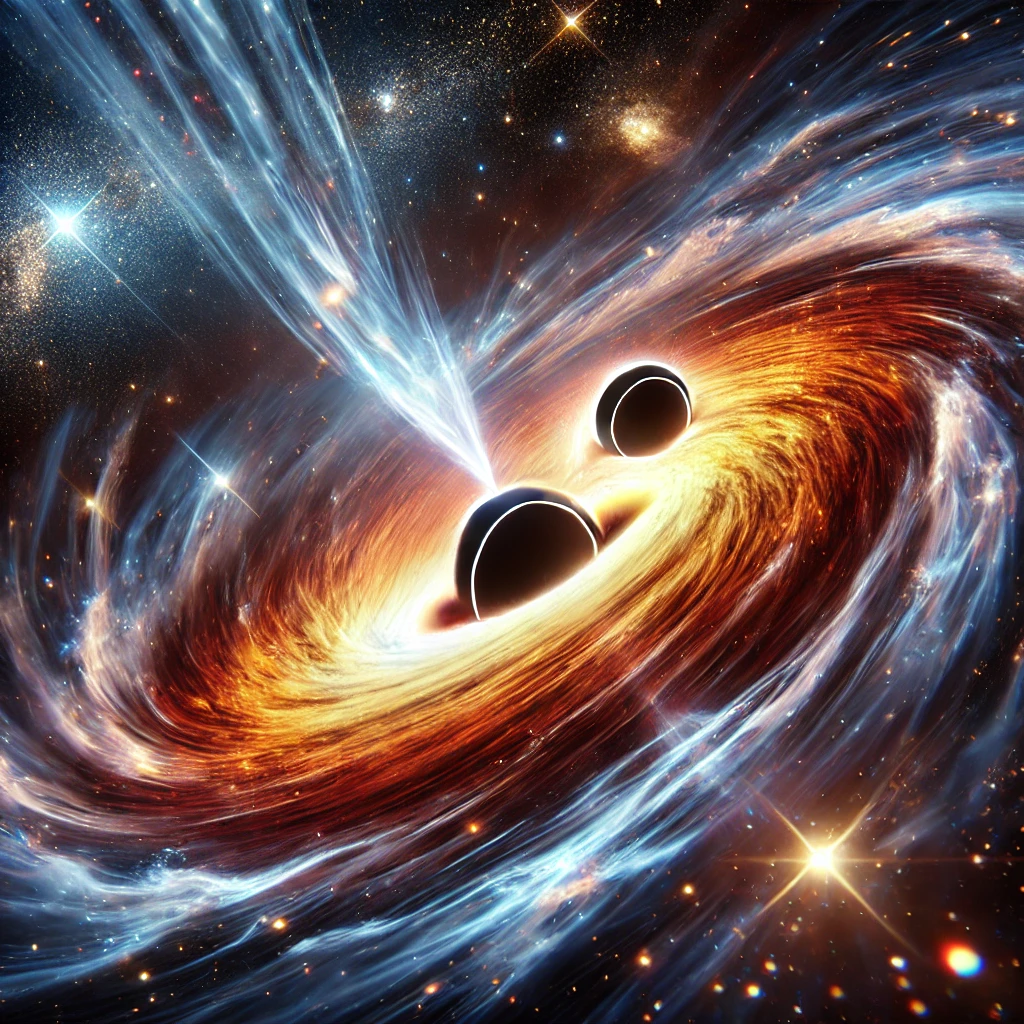Black hole merger questions
March 01, 2020

Ligo has found several mergers of black holes. I got some questions.
1. Why is there not an Einstein speed time shift of black holes as they merge?
The theory of relativity suggests that as objects approach the speed of light, time dilation occurs. However, during black hole mergers, the intense gravitational fields and extreme conditions might affect how we perceive these time shifts. Could it be that the time dilation effects are balanced by the gravitational waves, making them less noticeable? Why does it speed up and not slow down?
2. Are we witnessing a “logical crossing” where the black holes are bigger after the merger?
When two black holes merge, if the resulting black hole is indeed larger, then did we witness the crossing of an object to the event horizon? Or is this just the spreading of the two holes to the horizon? If we cannot witness an object crossing the barrier from our frame (but the crossing does happen as the black hole frame), what, indeed then, are we witnessing?
3. Why does the “chirp” not slow down at the end as the time dilation occurs?
The “chirp” observed by LIGO refers to the gravitational waves produced during the final stages of a black hole merger. The frequency and amplitude of these waves increase rapidly just before the merger, creating the characteristic chirp sound. Time dilation may not significantly impact the chirp’s frequency because the waves are generated by the dynamic interactions of the black holes’ immense gravitational fields, which dominate the time dilation effects at such scales.
